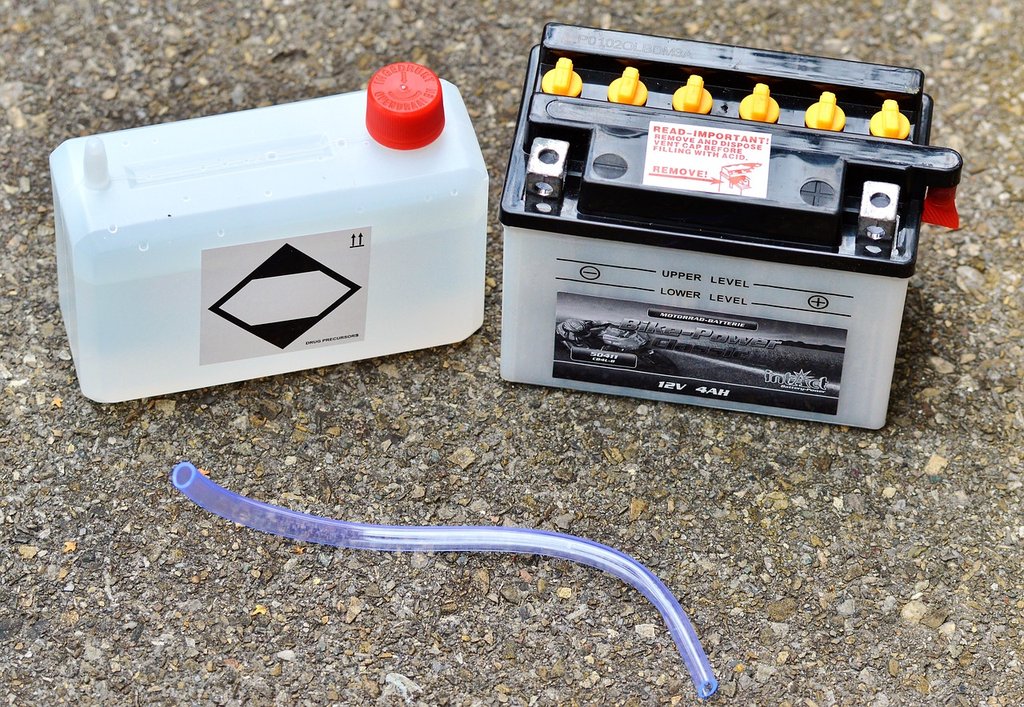ZIMSEC O Level Combined Science Notes: Lead acid accumulators
- These act as a storage cell
- Electrical energy is passed into the cells during the charging cycle
- It is stored in the form of chemical energy
- \text{Chemical Energy}\xrightleftharpoons[charging]{discharging} \text{Electrical Energy}
- Lead acid accumulators are known as secondary cells
- Secondary cells-can be recharged once the voltage drops
- Charging is done by passing a current through the cell in the opposite direction
- This supplies the current
- Inside the lead acid accumulator
- The positive electrode is made up of lead (IV) oxide and
- The negative terminal is made up of lead
- The electrodes which are in the form of plates are made in grid form
- Sulphuric acid is used as the electrolyte
- When discharging (supplying current)
- Both plates turn to lead and the density of the acid falls
- The voltage of each cell remains constant at 2 V
- Until the battery is nearly drained/completely discharged
- It then drops to 1.8 V
- The state of discharge can be checked using a hydrometer
- The density of a fully charged cell is 1.25 and
- In a flat cell is falls to 1.1
- During the recharging cycle the positive terminal turns back into lead (IV) oxide and
- the density of the acid increases
- Care should be taken during recharging not to overcharge the cells
- An explosive mixture of hydrogen and oxygen is formed if this occurs
- Distilled water should be added to cover the cells with electrolyte
- The level of the electrolyte should be checked before recharging
- Lead acid accumulators/batteries are often used in cars and
- solar systems
To access more topics go to the Combined Science Notes page.



